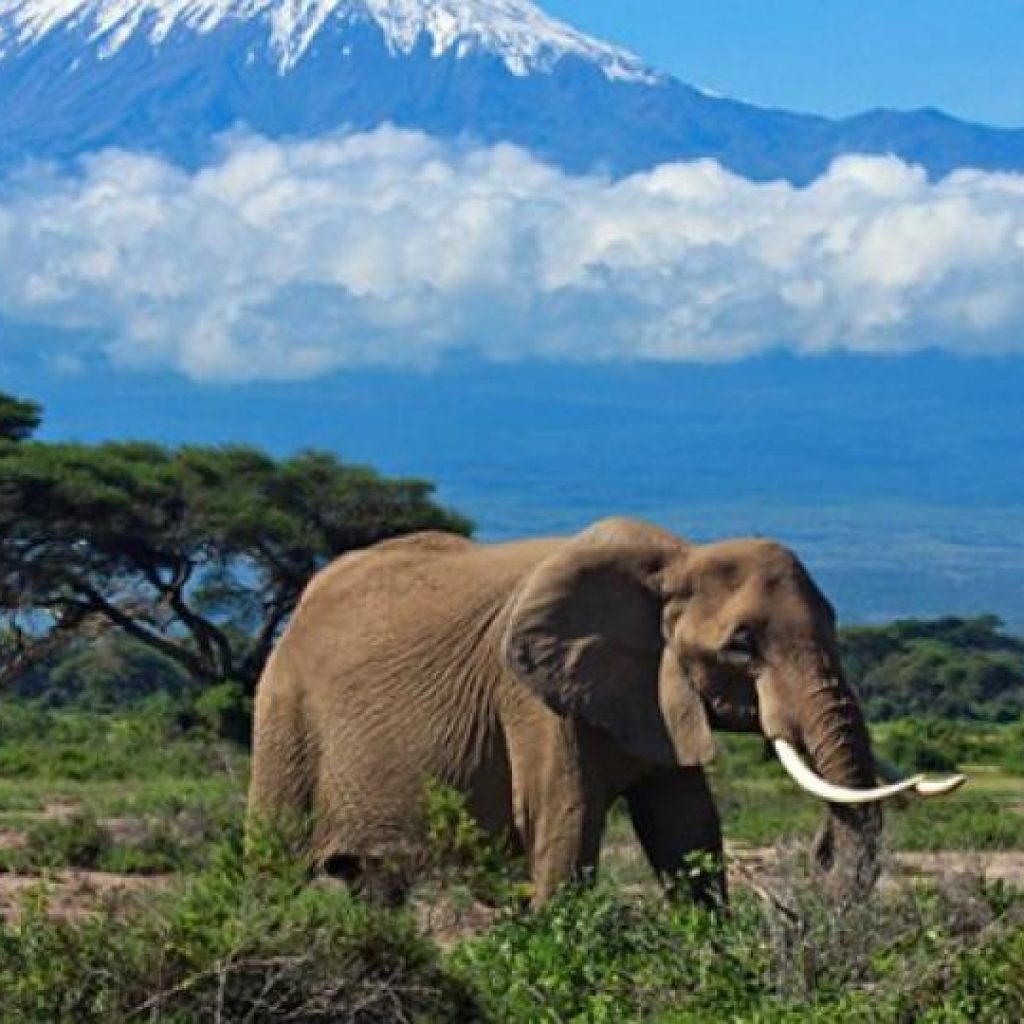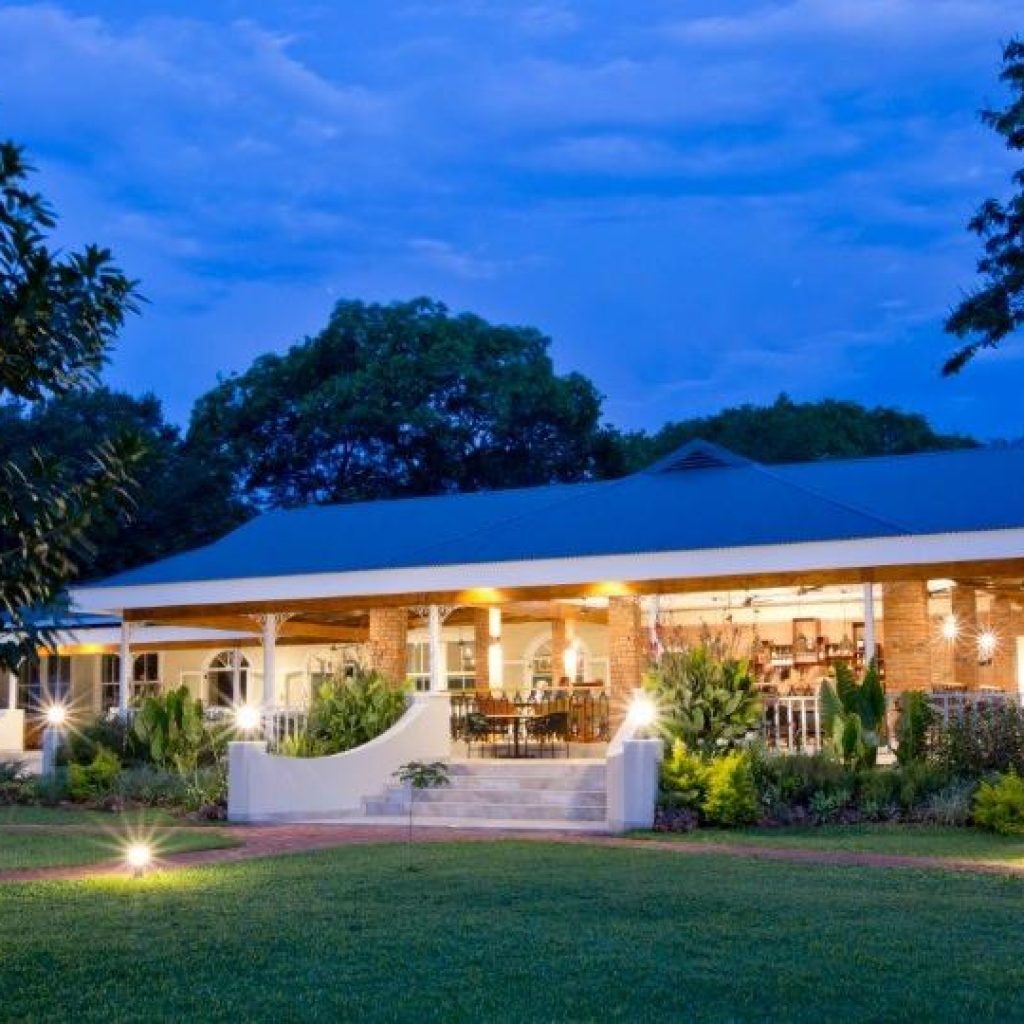
East Africa has seen a positive turnaround in its recovery strategy for the tourism sector owing to the conscious efforts by East African Community (EAC) Partner States to work together in promoting growth in the sector.
The sector has benefited from “significant” private-sector investments in hotels, transportation, marketing and product development, and dedicated government efforts in conservation.
“Due to restraints on international arrivals arising from the COVID-19 pandemic, the tourism sector in EAC Partner States is experiencing an unprecedented decline since March 2020. To turn this around and develop the domestic and regional market as an additional and untapped source of revenue complementing international tourism, the EAC Secretariat, supported by the Deutsche Gesellschaft für Internationale Zusammenarbeit (GIZ), will conduct a set of measures in the second half of 2021 to increase visitations to key tourist sites and consumption of tourism services by domestic and regional markets,” said a GIZ spokesperson.
GIZ’s Support to East African Market-Driven and People-Centred Integration (SEAMPEC) programme will facilitate sensitisation and capacity-building efforts for the respective stakeholders in the tourism sector, thereby enhancing capacity of EAC tourism services providers, including local communities, women and youth. Activities will include digital upskilling, development of new products and itineraries, enhancement of marketing and promotion skills, and effective utilisation of the available media platforms to increase visibility.
To raise the awareness of EAC Partner States’ citizens about the offers of domestic and regional tourism, a media campaign will be conducted in late 2021 in all EAC Partner States. The campaign will focus on identified signature products and promotional packages which cater for the interests of domestic and regional consumers.
Furthermore, the EAC and SEAMPEC are working with respective stakeholders in the sector, including the East African Tourism Platform and national bodies of the tourism industry to strengthen the EAC policy frameworks on tourism and develop a regional marketing strategy, including branding of the EAC’s tourism sector.
In addition, an EAC Regional Tourism Barometer and Scorecard will provide a snapshot of the performance of the sector, including relevant statistics that will be key to the private sector, operators and policy makers.
To promote joint learning and sharing of experiences, exchange between stakeholders of the East African and Southern African tourism sectors is fostered by GIZ. This dialogue will create synergies and can ignite collaborative partnerships to increase both domestic, regional and transboundary tourism within and between the EAC and SADC regions.
All information, including an overview of the developed promotional packages tailored for the regional market as well as an e-catalogue for EAC preferential rates, will be published in due course.
One of the priorities of the EAC is promoting its Partner States as a single destination, where tourists can visit various sites across EAC Partner States easily and cheaply, thereby creating benefits across the region for the tourism sector.
Additionally, Partner States have agreed on joint promotion of tourist attraction sites, the adoption of EAC preferential rates for EAC citizens, which are applicable to public tourist sites such as parks and museums, and harmonisation of classification criteria for hotels as well as other accommodation establishments.






About The Author: David DiGregorio
More posts by David DiGregorio